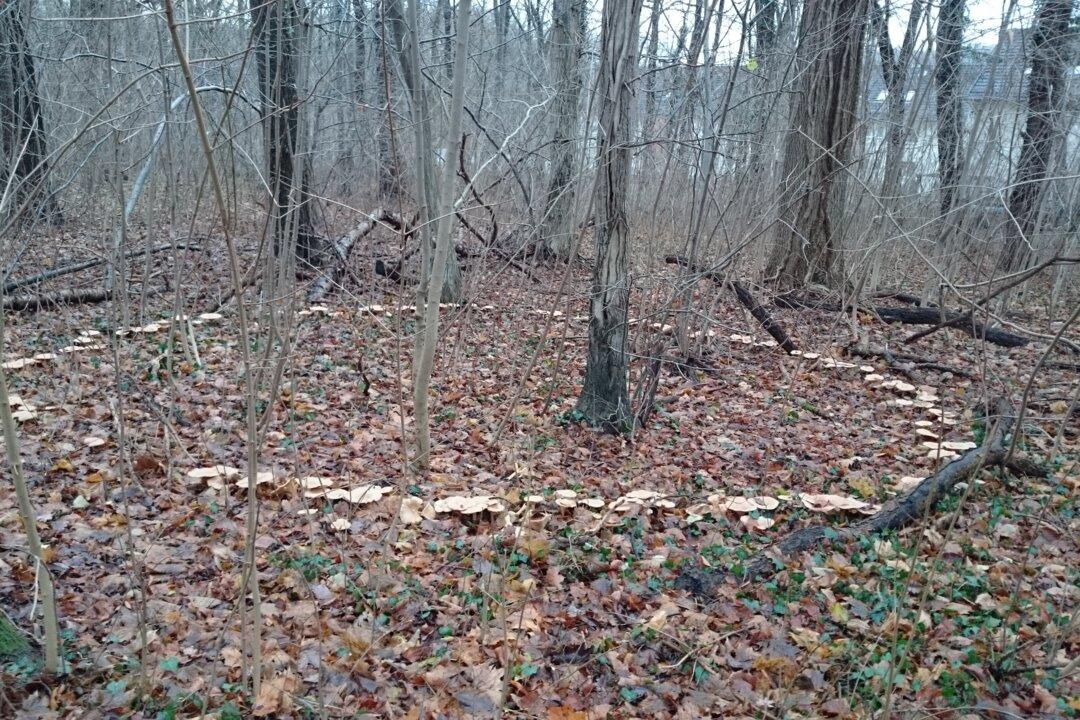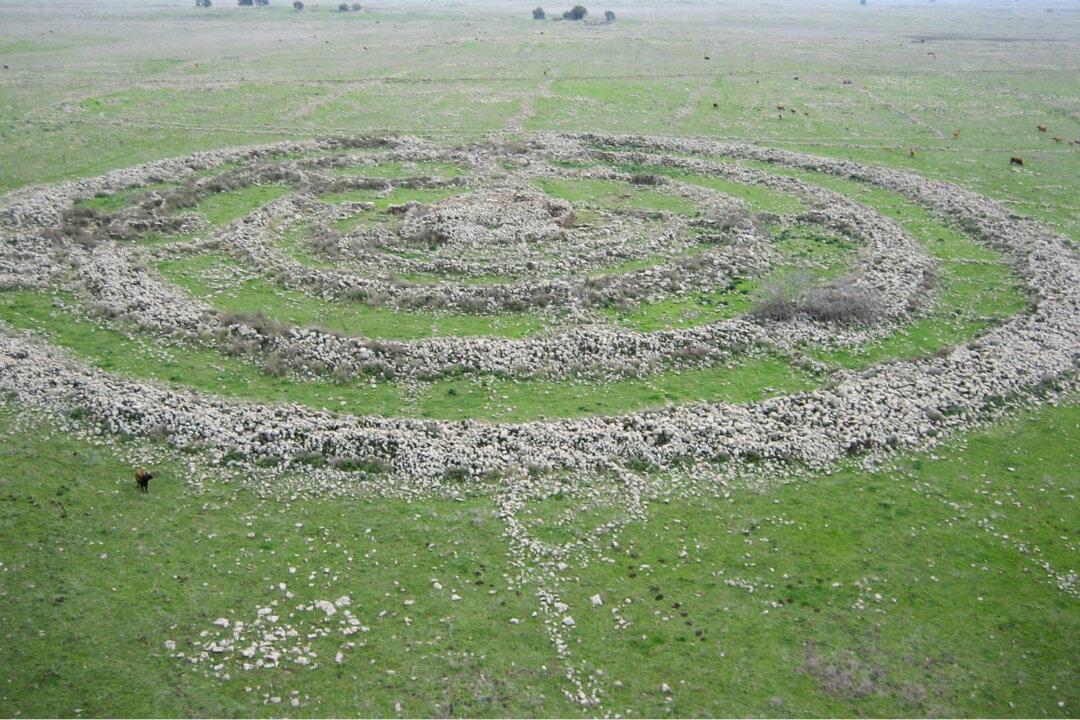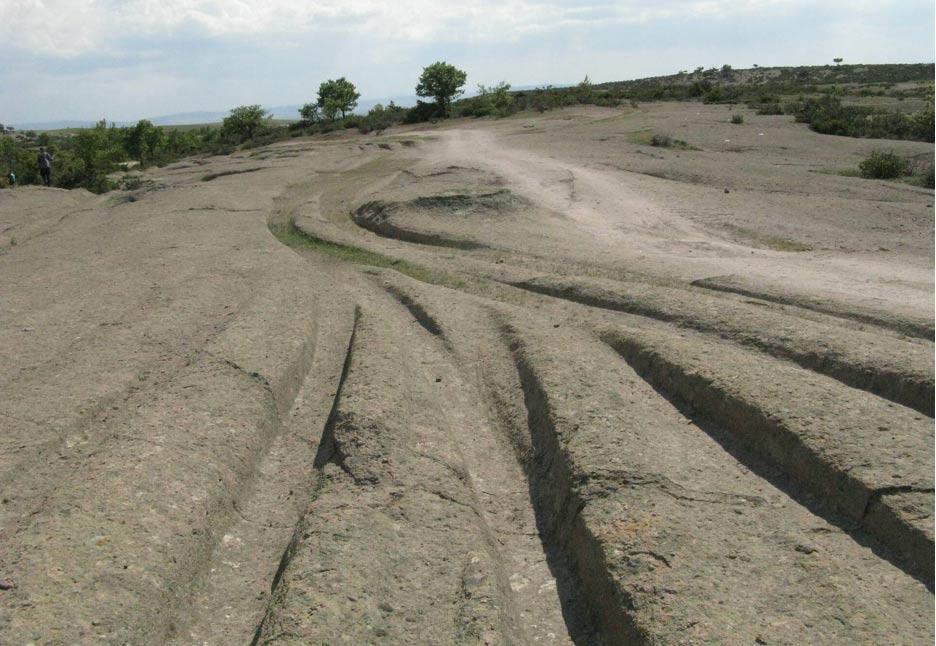For thousands of years, the sudden appearance of a ring of mushrooms was taken as a sure sign of otherworldly presences. These rings would seemingly appear overnight, or travel from one location to another, with no clear rhyme or reason. Warnings of the dark forces that must create these abnormalities were passed down between generations, and the folklore of fairy rings was established.
These fairy rings (fairy circles, elf circles, or pixie rings) are a naturally occurring phenomenon. A fungi creates a ring or arc shape within the soil, affecting the grass in the area, and grows up through the greenery forming a circle of mushrooms. These rings—a lovely surprise and considered good luck by some, or a dark omen and nasty lawn problem to others—can spread from a very few inches to 164 feet (50 meters) or more. The ring found in Belfort, France, is thought to be the largest ring ever found. It is approximately 2,000 feet (600 meters) in diameter, and an astonishing 700 years old.
Sometimes there can be more than one ring in an area, and they will overlap, creating strange, winding patterns in the grass. Often the grass inside the ring is dead and withered, and has a clearly different coloring than the grass outside.






